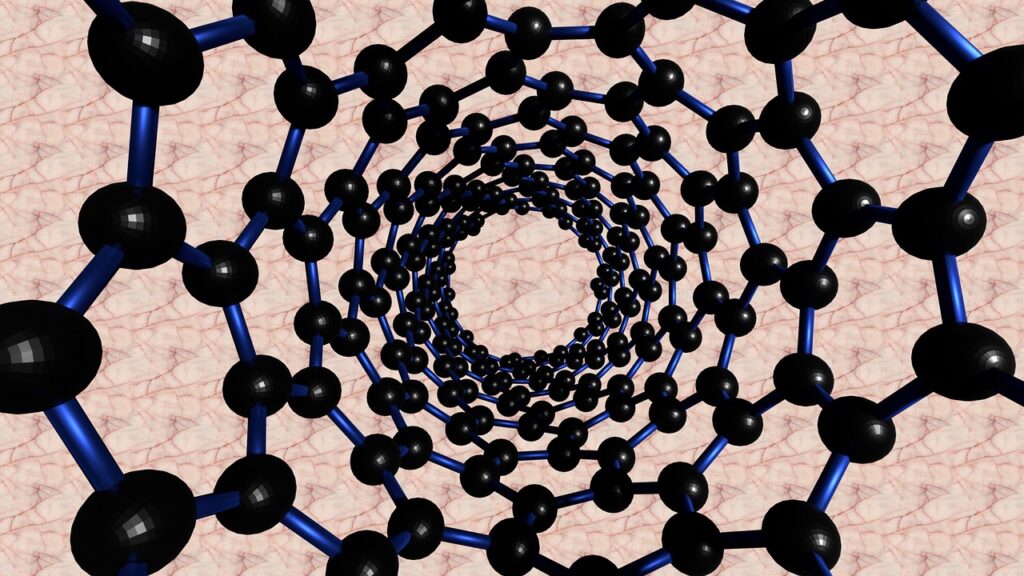Researchers from Cornell University created a tiny magnetic field sensor which operates over a greater temperature range than the existing sensors, while also detecting small changes in magnetic fields that might otherwise get lost.
The team basically created a micron-scale Hall-effect sensor by ‘sandwiching’ graphene between sheets of hexagonal boron nitride, resulting in a device that operates over a greater temperature range than the previous Hall sensors.
What is a Hall effect Sensor?
A Hall effect sensor is a device that is used to measure the magnitude of a magnetic field. Its output voltage is directly proportional to the magnetic field strength through it. Hall effect sensors find its applications in proximity sensing, positioning, speed detection, and current sensing. They are used in various technologies right from cellphones to robotics to anti-lock brakes
The team was led by Katja Nowack, assistant professor of physics in the College of Arts and Sciences at Cornell University.
“We wanted to expand the range of parameters that we can explore by using this other type of sensor, which is the Hall-effect sensor,” said doctoral student Brian Schaefer, the paper’s lead author. “It can work at any temperature, and we’ve shown it can work up to high magnetic fields as well. Hall sensors have been used at high magnetic fields before, but they’re usually not able to detect small magnetic field changes on top of that magnetic field.”
Generally, these hall sensors are made up of semiconductor materials like silicon or gallium arsenide but the team at Cornell tried a novel approach.
The Problem
There is a problem in the devices built with graphene and semiconductor device. Whenever a graphene sheet is placed directly on a silicon substrate; the graphene sheet “crumples” on the nanoscale, inhibiting its electrical properties. This problem was solved using a new technique pioneered by co-author Lei Wang, a former postdoctoral researcher with the Kavli Institute at Cornell for Nanoscale Science.
The technique solves the problem by sandwiching graphene in between sheets of hexagonal boron nitride. The crystal structure of hexagonal boron nitride is the same as graphene but it is an electrical insulator, which allows the graphene sheet to lie flat. Graphite layers in the sandwich structure act as electrostatic gates to tune the number of electrons that can conduct electricity in the graphene.
“The encapsulation with hexagonal boron nitride and graphite makes the electronic system ultraclean,” Nowack said. “That allows us to work at even lower electron densities than we could before, and that’s favorable for boosting the Hall-effect signal we are interested in.”
The researchers optimized the magnetic field detection limit under different conditions. At 1 kHz for a 1 μm device, they estimated a detection limit of 700 nT Hz−1/2 at room temperature, 80 nT Hz−1/2 at 4.2 K, and 3 μT Hz−1/2 in 3 T background field at 4.2 K.
Their devices performed similarly to the best Hall sensors reported in the literature at room temperature, outperform other Hall sensors at 4.2 K, and demonstrate high performance in a few-Tesla magnetic field at which the sensors exhibit the quantum Hall effect.
To understand better, these graphene sensors can pick out tiny fluctuations in a magnetic field against a background field that is larger by a million times. Detecting such nuances is a challenge for even high-quality sensors because, in a high magnetic field, the voltage response becomes nonlinear and therefore more difficult to parse.
The researchers are now planning to use this graphene sensor in scanning probe microscopes to explore various physical phenomenon
Journal Reference:
Brian T. Schaefer, Lei Wang, Alexander Jarjour, Kenji Watanabe, Takashi Taniguchi, Paul L. McEuen, Katja C. Nowack. Magnetic field detection limits for ultraclean graphene Hall sensors. Nature Communications, 2020; 11 (1) DOI: 10.1038/s41467-020-18007-5

